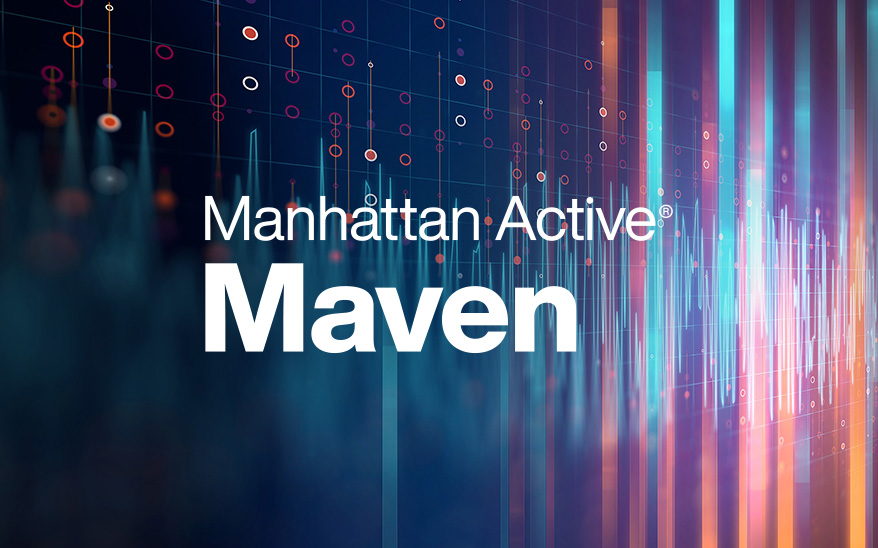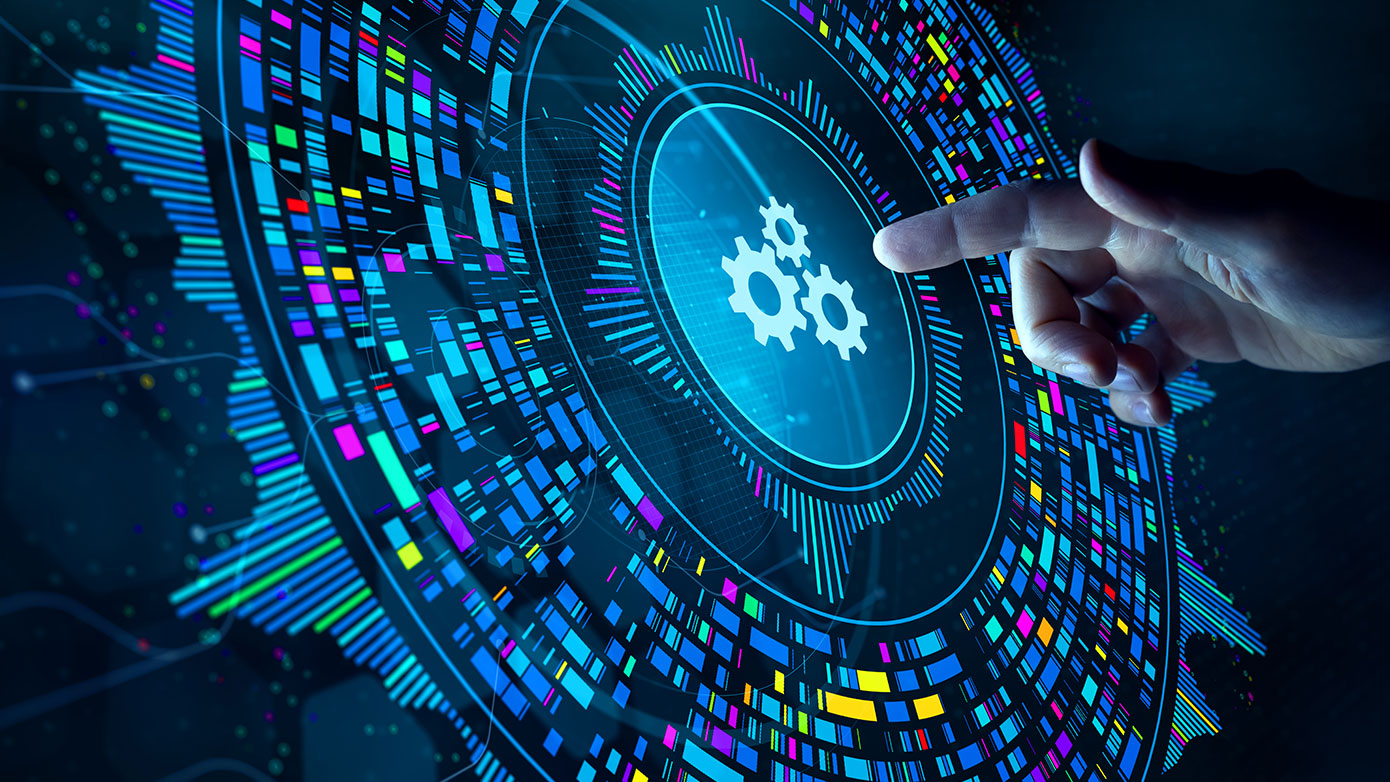GenAI and Large Language Models in Supply Chain Commerce
Generative AI is a class of AI systems that can create new digital content by learning patterns and relationships from existing data and crating new content with similar characteristics.
Talk to an Expert
Consume. Learn. Create.
GenAI
Even though it has only recently become part of the general lexicon, Generative AI is not new. It has been evolving for many decades as a subset of Deep Learning, which itself is a subset of Machine Learning, which collectively is one of the six components that make up Artificial Intelligence. It can be difficult to keep up with the intricate relationships between these terms. To simplify, we can think of GenAI as a specialized type of AI that combines Deep Learning and Natural Language Processing elements to create something new.
Deep Learning
Deep Learning refers to using large, or ‘deep’, neural networks and mathematical architectures to analyze, model, and recognize intricate patterns from large and diverse data structures to solve complex analytical problems. One of the biggest advantages of deep learning models is that they can recognize patterns that are too complex for humans to identify.
These foundational capabilities, plus some substantial modeling advancements made over the past decade, have propelled GenAI into the spotlight for its ability to create new and digitally compelling content such as images, videos, voice and music, data, and text. While achieving high-quality generative capabilities across such a wide variety of forms and detail has been impressive, it is when we combine it with Large Language Models that we see the potential impact of this technology across so many areas of both personal and business applications.
LLM
Large Language Models (LLMs) are designed to understand and generate language like a human does. Using breakthrough GenAI architectures called Transformers, these LLMs are trained on vast amounts of text data, allowing them to recognize patterns, nuances, and structures in language. When provided with prompts (such as instructions or questions), LLMs can generate coherent responses, complete sentences, or even craft entire articles in almost any human language.
With LLMs’ specialized Deep Learning architecture, they can understand language and its sheer size (often containing billions of parameters) to accommodate a wide range of tasks in natural language processing and human-computer interaction, from being able to interpret human inputs and commands to conducting text completion, translation, and summarization. They can answer questions and actively participate in an interactive dialogue, including software development activities like generating code and constructing API calls.
Within the modern supply chain, LLMs show significant potential to augment and enhance user and operations capabilities, productivity, monitoring, and management.
Interactive Knowledge Bases
Instead of searching and navigating through pages of application or developer documentation to gain knowledge about a capability, GenAI and LLMs allow users to ask the system how to configure a component, solve a problem, or ask which API to use to extend a solution. Instead of the human having to adapt to the technical language of the system, the system itself adapts its responses to the language of the human it’s interacting with.
System Configuration & Policy Management
For enterprise software, configuration can be very time-consuming, especially during initial system setup or when researching a particular policy setting that requires research and investigation. During initial configuration, organizations traditionally convey their requirements to an IT staff or implementation partner who translates the requirements to multi-step cross-functional application configurations for complex system operations.
With GenAI and LLMs, the business process and operational needs can be conveyed to the system itself, allowing the system to self-configure the required settings, significantly reducing the potential for configuration errors and the overall time to get a new solution up and running.
Extensibility
The speed benefits of GenAI and LLMs become even more pronounced when considering the developer experience. Instead of writing code to extend an API, database, or UI element, the developer can simply describe objectives in their language and the system will automatically generate a code base, test cases, and even documentation for the generated extension code.
GenAI, LLMs, and Manhattan
Manhattan has already demonstrated prototypes of GenAI and LLMs at work in supply chain commerce at its annual Momentum user conference in May of 2023. Manhattan is also still hard at work exploring and testing the usage of GenAI and LLMs across every Manhattan Active solution. Generative AI and LLMs offer an unprecedented opportunity and the potential to augment and empower supply chain and commerce teams and their operational capabilities—improving speed, accuracy, and experience across every operational area.
Key Takeaways
- GenAI and LLMs are subsets of Deep Learning, a special type of Machine Learning.
- GenAI consumes vast amounts of content and learns from its patters to create new content that can mimic content it has consumed.
- LLMs use natural language processing to understand and communicate with humans the same way other humans do.
- Manhattan is well down the path of researching, developing and demonstrating the benefits of GenAI and LLM capabilities within supply chain commerce solutions.
Let’s make supply chain commerce smarter
Learn how Manhattan’s commitment to advanced computational intelligence technologies like Data Science with Machine Learning and GenAI, Decision Science, Adaptive Systems and Optimization to drive efficiency, resilience, and competitive advantage for supply chain commerce organizations.
Related Insights
Learn more about the groundbreaking technologies that make up the Manhattan Active Platform experience.






